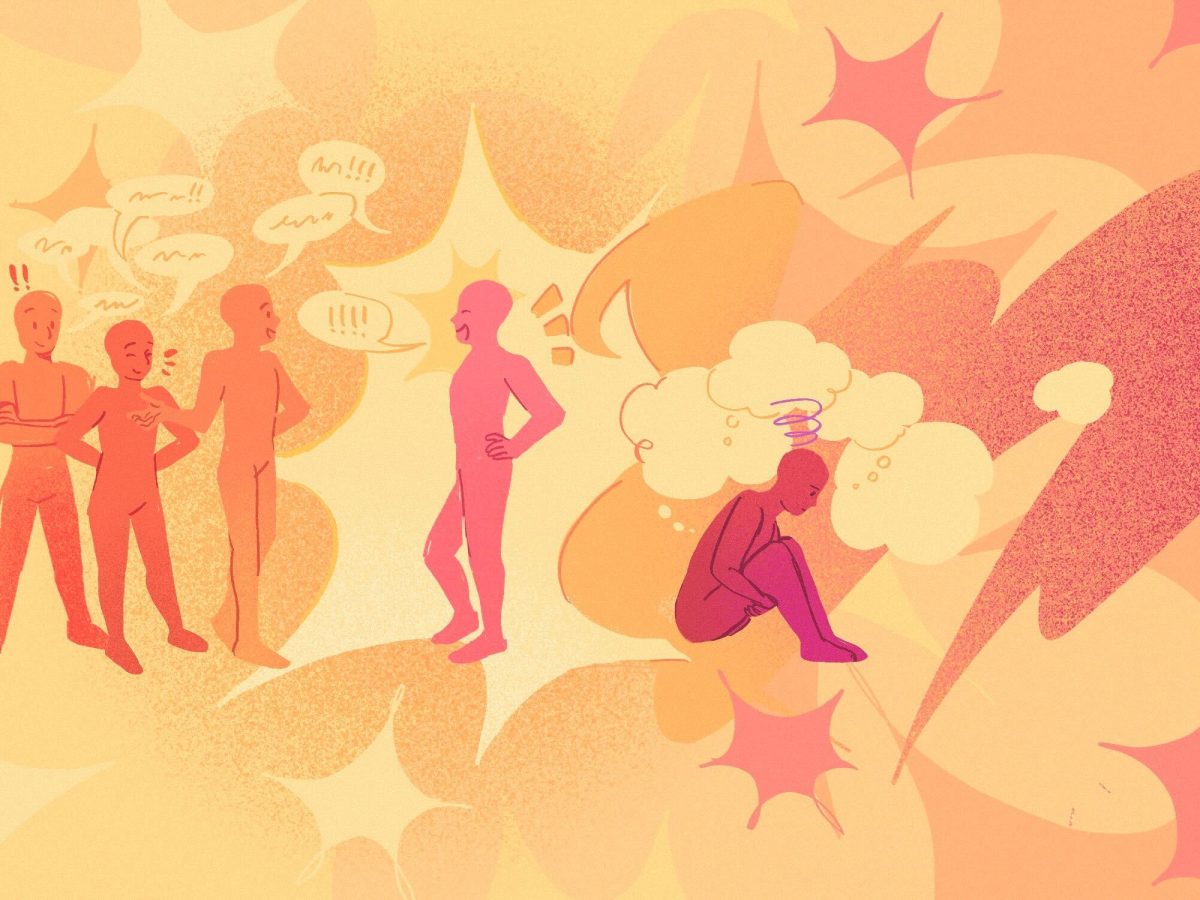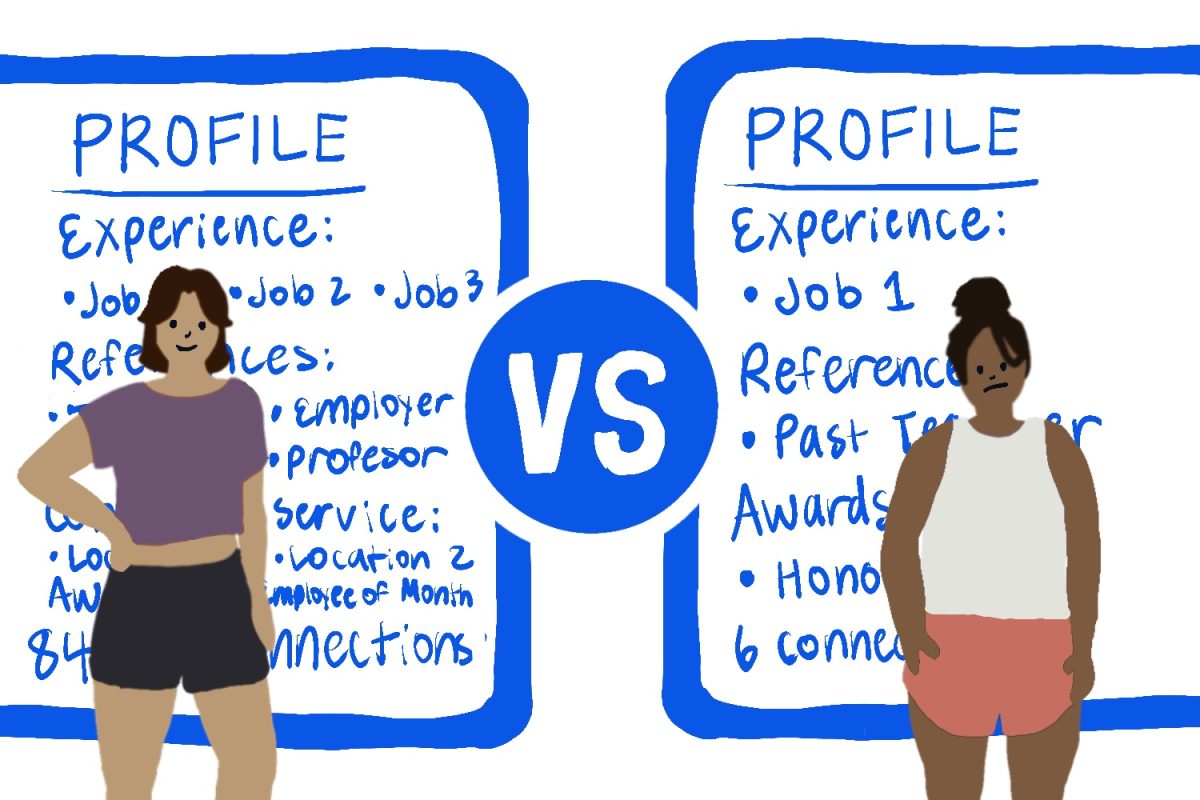All of us have witnessed frustrating displays of sexism that may have taken us to Facebook, where we can vent about the patriarchy. After dozens of likes and encouraging comments, trying in vain to have a discussion on social media and often resorting to name-calling, we feel rather accomplished for standing up for our beliefs and for successfully voicing our opinions.
This success really isn’t as sweet as we like to think, though. We may have made a point, but wouldn’t our purpose as feminists have been better served if we had instead chosen to confront the offensive person in question? Or even if we had voiced our opinion more publicly to a group that didn’t largely consist of friends with the same ideologies as us? In many of these situations, these confrontations, while difficult, are not unsafe and can ultimately be very rewarding.
I recognize that this is the argument against social media activism of any kind, and one can argue that some sort of action is better than absolutely no action. However, the problem is that social media is increasingly becoming the only channel of activism that we, as young people, use. That is particularly limiting and even dangerous to the cause, especially in a country like India, and especially for a movement like feminism.
Only about 17 percent of the Indian population has access to and uses social media as of 2016. So, when Facebook and Twitter becomes the only outlets for my feminism as a young Indian, I am automatically cutting off roughly one billion Indians who don’t even have access to the internet. In India, these people tend to be the less educated and poorer members of society. By making social media the focus, feminism in India cuts them off from the audience.
What else do these one billion people not have access to? English. Yes, social media allows you to use different languages, but in India, most social media interaction is still in English. Roughly 90 percent of the people in India who need feminism don’t understand English. I’m not saying that the feminist movement’s legitimacy is based in the English language. No, but when modern, educated feminists decide to participate in and propagate this movement, they need to be mindful of the fact that they are catering to a very diverse group of people.
When the target audience is urban, wealthy and educated, the problems are focused on those that affect mainly that section of society. This is exacerbated by the fact that social media feminism is often influenced by Western feminism. While Western feminism addresses important issues of liberty and expression for women, it comes from a different place in society. Most Western societies have a way more progressive approach to girls’ education, working women and family planning. A lot of Indian society doesn’t. For a lot of urban, educated feminists in India, the problems of American women are a lot more relatable than the problems of rural Indian women.
The challenges facing urban Indian women are by no means unimportant, but they’re only scratching the surface. For example, while women in Indian cities fight for the #IWillGoOut movement, they barely talk about the fact that India has massive issues with female infanticide. Again, not to say that this effort should not be made, but social media, with its narrow audience, is limiting the intersectionality in Indian feminism.
When people don’t understand the complexity and depth of feminism’s goals in India, they don’t understand why they need to support it. A lot of Indian women are shying away from the term ‘feminist’ because they are privileged, well-educated women who don’t think that their rights have been compromised in any way. Feminists need to remind them that they are lucky and that most Indian women do not enjoy that sort of freedom. To do that, feminism needs a wider focus, and wider means of communication.
What am I suggesting to feminists in India and everywhere else? Next time, talk to that family member, friend or stranger who offends you. Try to have a meaningful conversation with someone who doesn’t understand your perspective and try to make them see the light. Next time you’re thinking about feminism and explaining its goals, realize that India has a whole range of issues like female infanticide, lack of education and rigid patriarchal family structures in addition to the fact that women’s clothing is morally policed. Branch out. Read, write or even talk about feminism in the different languages you know. Communicate with women of different social classes and learn to see their problems as all women’s problems. By all means, keep posting on social media. Please keep tweeting in response to #NotAllMen claims. But please, if you really consider yourself a feminist, do more than just that.



















































































































